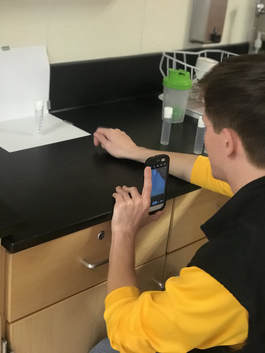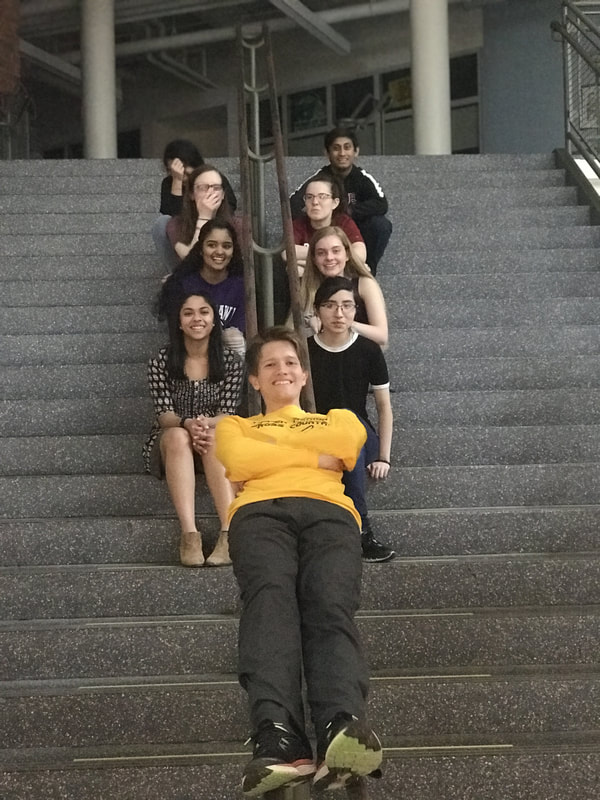|
Now that TRIP is over, I have no idea what I’m going to do with my Saturdays. I’ve gotten used to the lab and I think I’m going to miss it a lot. I truthfully wish I had more time to do different experiments and collect even more cool data. For now, I’ll share the data that I did collect. In my previous blog post, I mentioned the research that I was doing: feeding fruit flies some selenium and then measuring their activity levels. I had three different experimental groups, each given a different concentration of selenium, along with a control that had no selenium. Each week, I quantified the motility of 10 adults flies and 5 larvae from each group. What I found was that the adult flies had lower activities when given more selenium, which is what I hypothesized. This makes sense because overdosing on minerals can often cause drowsiness and fatigue. The larvae that were given really high selenium concentrations also displayed less movement. From these results I was able to conclude that ingesting too much selenium is damaging to the motility of the flies that ate it as well as to their progeny that grew up in it. However, the most interesting results were ones that I wasn’t even looking for. By counting the number of pupae and empty pupal cases in each vial every week, I was able to determine the percent eclosion for each group. Percent eclosion is simply the percentage of pupae that fully developed into adult flies. What I noticed is that the control group had the highest percent eclosion after two weeks. OK – so too selenium much also hurts pupal development? Well, not really. In the third week, the percent eclosion was consistently higher for the experimental groups with selenium. Basically, what this means is that the pupae of flies that grew up in selenium fared better than the pupae of flies that were transfered into selenium from normal food.
This is one of the reasons I am interested in research as a career – you can ask a certain question, but in the process of answering it you might get results that were not at all what you were looking for, which leads to even more questions. In this case, I wanted to know if too much selenium was detrimental to motility, but in the process I learned something interesting about how selenium affects pupal development. Now I have more questions about how and why selenium affects percent eclosion (which I’d love to test if I had more time). I’m just happy to have discovered something through my very own research. If there’s one thing that I am going to take away from TRIP, it’s that I have learned I love research even more than I thought I would.
0 Comments
Your comment will be posted after it is approved.
Leave a Reply. |
Archives
April 2024
Categories
All
|






 RSS Feed
RSS Feed